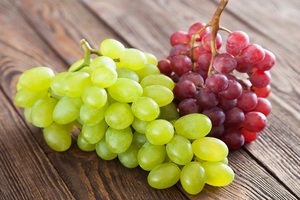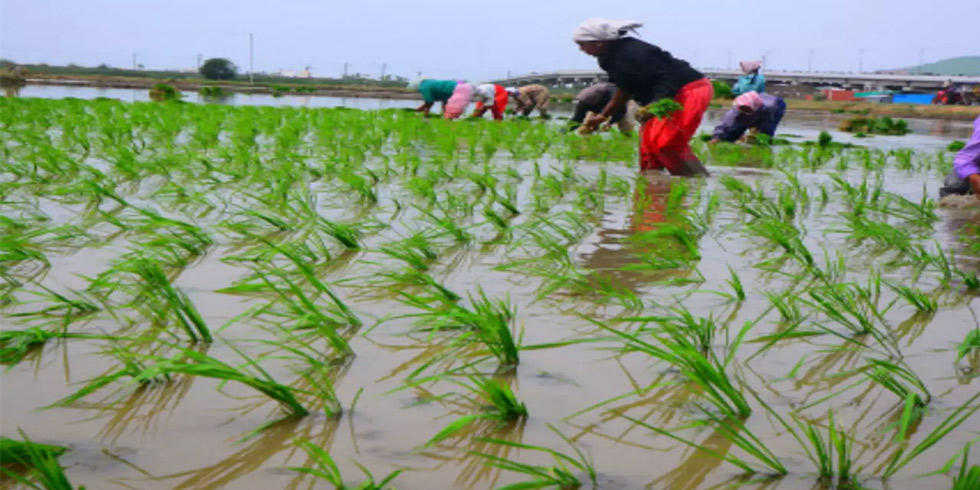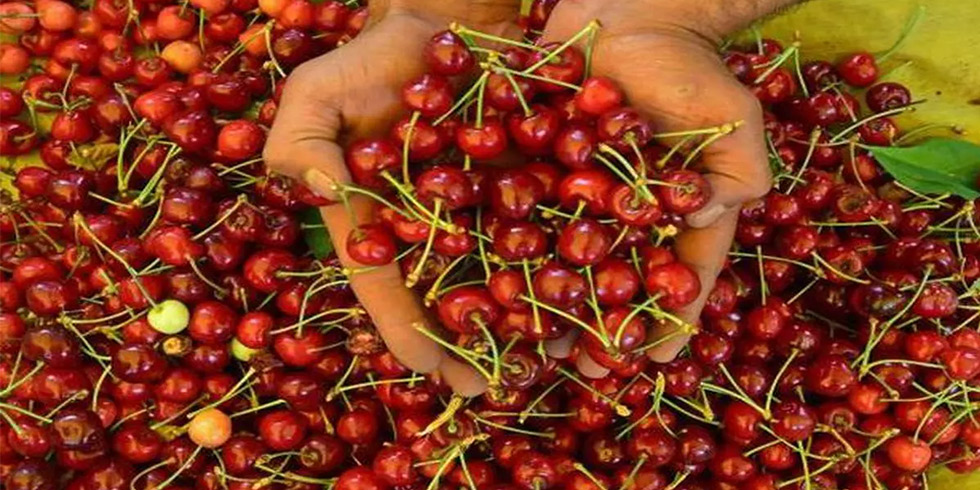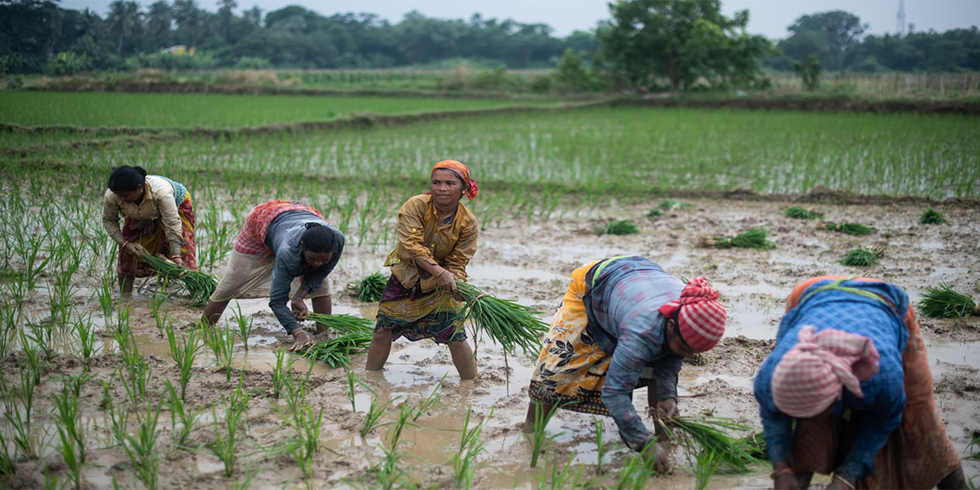Indian fruit and vegetable exports have continued to rise despite strong demand in the domestic market, according to local media Financial Express.
According to the publication, the country’s total produce exports rose 45% from 60.9 billion rupees (US$942 million) in 2012-13 to 106 billion rupees (US$1.7 billion) in 2016-17.
Mangoes, table grapes, potatoes and onions are among the key export crops, and vegetables typically represent a little over half of the total value of exports of any given year.
The United Arab Emirates (UAE) is the leading destination for fruit exports, followed by the Netherlands, Bangladesh, Russia and Saudi Arabia. Collectively these destinations receive 55% of the total value of fruit exports.
As for vegetables, Bangladesh is the main export market, followed by the UAE, Nepal, Malaysia and Pakistan, collectively receiving 62%.
Last year, Prime Minister Narendra Modi urged scientists to develop new agricultural practices and crop varieties so that farmers in the country could produce food items which could be exported to the Gulf region, according to Financial Express.
“Due to the water crisis in the Gulf countries, they have to import all their food items which leave them worried about an ever-increasing population,” Modi was quoted as saying at an event with the Council of Scientific and Industrial Research.
“Can’t we keep the requirements of Gulf in the mind and fulfil them through export.”
The story reported the rise in exports could partially be attributed to the increasing availability of modern facilities for sorting, grading, and packing.
In addition, guidelines have been framed for several agricultural commodities to determine compliance with maximum residue levels (MRLs) for pesticides. Grade designation and quality development parameters have also been set up.
Officials with Agricultural and Processed Food Products Exports Development Authority (APEDA) reportedly said the sharp spike in exports had been achieved despite the absence of maritime protocols with most of the countries.
At present, shipments of fruit and vegetables to the European Union (EU) and many Asian countries are being carried out via air, thus pushing up the cost of transportation, according to the story.








Add Comment